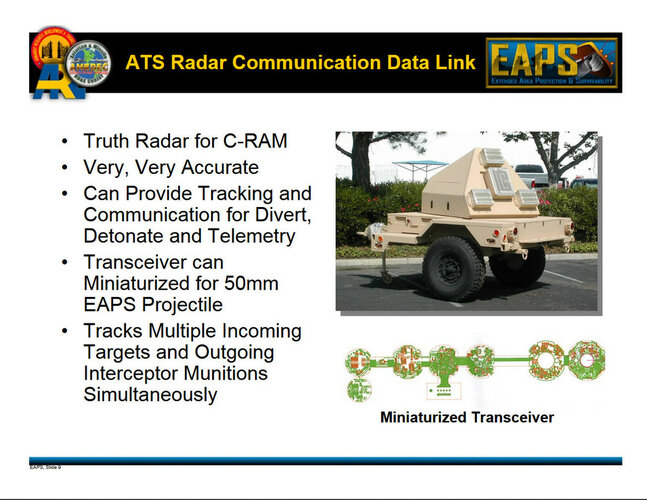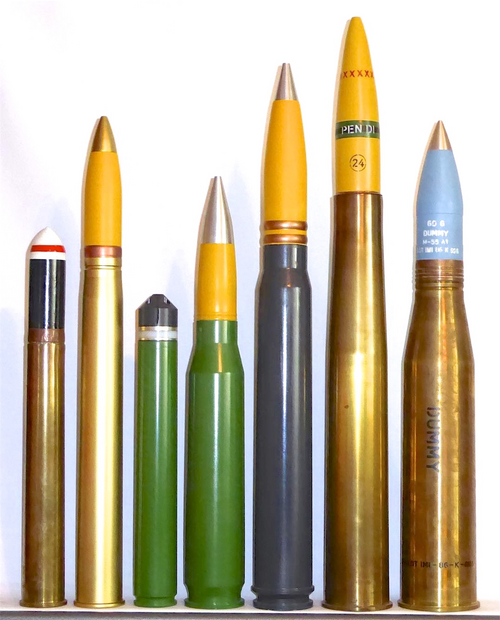The drone was a lot cheaper than the missile. Not a good rate of exchange for what is essentially a small unarmed drone of dubious value.
Orlan 10 cost the Russian MoD c$120,000 per copy...and yes the Russian MoD got ripped off and probably paid for someones yacht...
Martlet is c$65,000 per copy....so Martlet is a lot cheaper...
Besides the Russian's are running low on Orlan's according to intercepted conversations. The cost is not a straight missle vs drone comparison...its what you just protected from being attacked...
Orlan 30 have been used in Ukraine, and shot down...
The altitude of this drone can’t exceed 1500 meters so this sort of threat isn’t worth the missile. A good reason why the Indian army is still procuring 40mm L70 Bofors guns.
Horses for courses. A Bofors L70 is a huge system to carry around in comparison to a Martlet and man portable launch kit. If its not got good sensors and airburst rounds available in quantity it will likely just be a target for more modern loitering munitions...
Your figure for the unit cost of Martlet is a little low.
https://militarymatters.online/weapons/martlet-ukraines-latest-surface-to-air-missile/
To quote this source: “Best public estimates I have seen say that Martlets cost about £1.5 million each; Starstreak’s are about £3 million.” That seems quite high to me but $65,000 also was a bit low. Consider that Starstreak and Martlet are make work projects for job creation in Belfast (at least 500 jobs circa 2009) I don’t see either system as being especially low cost.
The Russians apparently quoted the price of Orlan-M as a package deal with a pair of drones, spares and the base station for $160,000 circa 2013. I assume that’s an export price and no doubt padded.
Don't compare the cost of a dead drone to a missile. Compare the cost of a live drone to a dead company or battalion instead.
Because that's the actual economic exchange occurring. If the drone doesn't die it will be able to direct accurate artillery fire onto a defended ground unit and cause far more material damage and costs than a single MANPADS.
Ditto the attack helicopter team/platoon with Vikhrs or something that Martlet has occasionally bullied.
40mm probably doesn't have much a future as a CUAS system though. It has too few stowed kills to handle the actually large numbers of targets of Group 1/2 UAS that make up observer team or swarming attacks, and against something like a Orlan-10 or similar Group 3 UAS it's typically better to use a missile. The stowed kills of a Bofors gun on a large tracked chassis is something puny like 20-25 after all, if we assume a 8-12 round engagement cycle with airburst 3P rounds.
The unironic best gun caliber for a dumb round SHORAD these days is somewhere between 20-30mm with the latter leaning towards PABM and the former leading towards APDS. This gives you a large magazine and the additional rounds needed don't encroach on stowed kills.
Somewhere between 30-50mm is where you see this bizarre dip in stowed kills against swarming drones but retaining similar lethality against higher altitude threats. This only makse sense if you intend to use the cannon as an all-threat engagement system like Lvkv 9040. Beyond 50mm you can get terminally guided, radar beamriding projectiles that cut the engagement cycle from "a dozen or two" shells to literally 1-3 rounds against all threats, and you start to see an improvement in stowed kills over smaller calibers. The downside is that you need a radar guided projectile with an airburst warhead and you still don't carry many rounds.
The most realistic options going forward are 20x102mm, 30x113mm, and various 57-76mm calibers that have only really seen use in naval guns and the occasional crazy clown car that no one buys. Since we know it is possible to make PABM 20-25mm rounds, that's a possible solution, using MEMS fuses derived from the 20mm rounds used in the OICW. They wouldn't be particularly dangerous to a helicopter but they would absolutely shred most lightweight forward observation team UAS.
For helicopters, you will have a missile for BLOS autonomous guided shots (Brimstone or Longbow Hellfire), and short-range LOS interceptions of battalion or regimental observation UAS using something like RBS 70, Martlet, or Stinger. The gun would exist solely to kill Group 1/2 UAS that are too small for reliable IR missile engagements and too numerous for any stowed quantities of guided rockets regardless.
You can expand out the engagement capabilities by addition of extremely small missiles like MHTK or something, or APDS ammunition for the 20-30mm gun, to shoot down mortar bombs and terminally guided artillery rounds that might harm accompanied main battle tanks or something, too.
Anyway my point is Martlet is fine for swatting Orlan-10s. It could be cheaper I guess, but a LAADS team isn't exactly the most common type of munition or biggest equipment user of a battalion task force, nor are the targets they engage (attack helicopters and Group 3 UAS) particularly common in of themselves.
The real problem is that terminally guided projectiles can murder a battalion to a track fairly swiftly and that Group 1 UAS can direct TGP/TGSM artillery pieces as effectively as an Orlan-10 while being about a dozen times more numerous a target. Which is why a future SHORAD will need to be very low level (sub-sub-unit possibly), have the capability to destroy or disrupt incoming terminal guided projectiles, and have a lot of stowed kills because you might be fending off artillery and their eyeballs for a while before getting more ammo.
All of that points to small calibers as being ideal. Preferably the same caliber as the platoon/company carrier.
The really big guns can be used by the battalions for protection against the same threats, but at longer ranges, letting them disperse a battery of half a dozen heckin' chonker trucks, instead of a company of a dozen SHORAD LAVs, throughout the battalion's COMMZ.
...or if you're Rheinmetall the field artillery battery fires a shot of 155mm PABM rounds to obliterate anything that flies.




